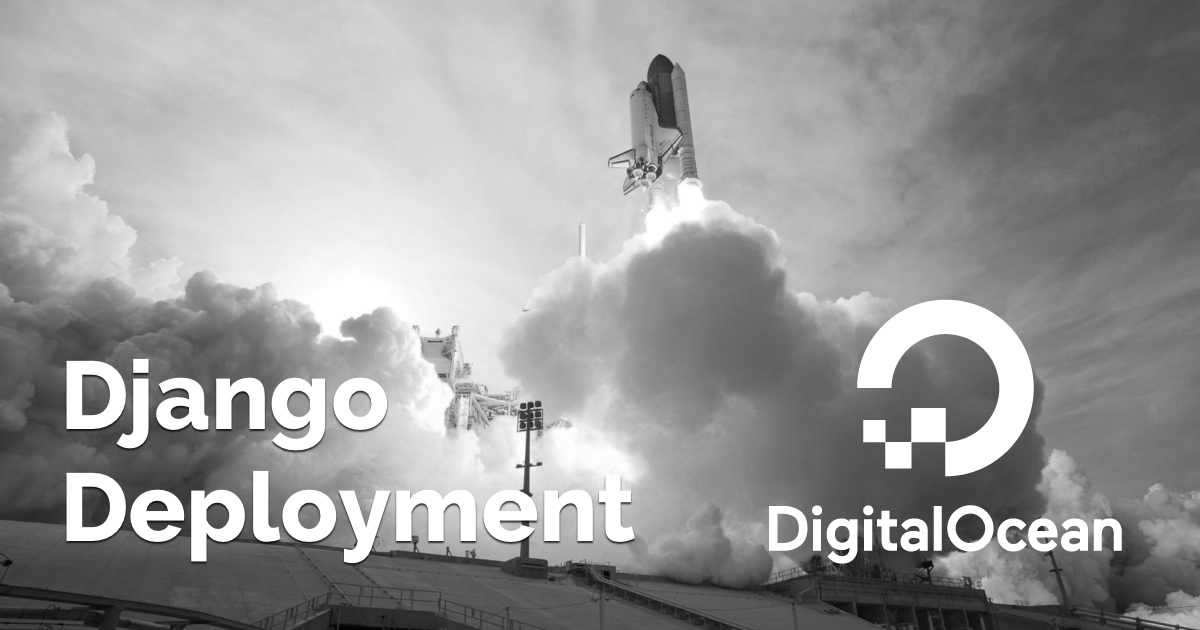Django models API offers two similar options that usually cause confusion on many developers: null and blank. When
I first started working with Django I couldn’t tell the difference and always ended up using both. Sometimes even using
them improperly.
Both do almost the same thing, as the name suggests, but here is the difference:
- Null: It is database-related. Defines if a given database column will accept null values or not.
- Blank: It is validation-related. It will be used during forms validation, when calling
form.is_valid().
That being said, it is perfectly fine to have a field with null=True and blank=False. Meaning on the database level
the field can be NULL, but in the application level it is a required field.
Now, where most developers get it wrong: Defining null=True for string-based fields such as CharField and
TextField. Avoid doing that. Otherwise, you will end up having two possible values for “no data”, that is: None
and an empty string. Having two possible values for “no data” is redundant. The Django convention is to use the
empty string, not NULL.
So, if you want a string-based model field to be “nullable”, prefer doing that:
class Person(models.Model):
name = models.CharField(max_length=255) # Mandatory
bio = models.TextField(max_length=500, blank=True) # Optional (don't put null=True)
birth_date = models.DateField(null=True, blank=True) # Optional (here you may add null=True)The default values of null and blank are False.
Also there is a special case, when you need to accept NULL values for a BooleanField, use NullBooleanField
instead.



 Django Tips #22 Designing Better Models
Django Tips #22 Designing Better Models
 A Complete Beginner's Guide to Django - Part 2
A Complete Beginner's Guide to Django - Part 2
 Django Tips #17 Using QuerySet Latest & Earliest Methods
Django Tips #17 Using QuerySet Latest & Earliest Methods
 How to Extend Django User Model
How to Extend Django User Model
 How to Setup a SSL Certificate on Nginx for a Django Application
How to Setup a SSL Certificate on Nginx for a Django Application
 How to Deploy a Django Application to Digital Ocean
How to Deploy a Django Application to Digital Ocean